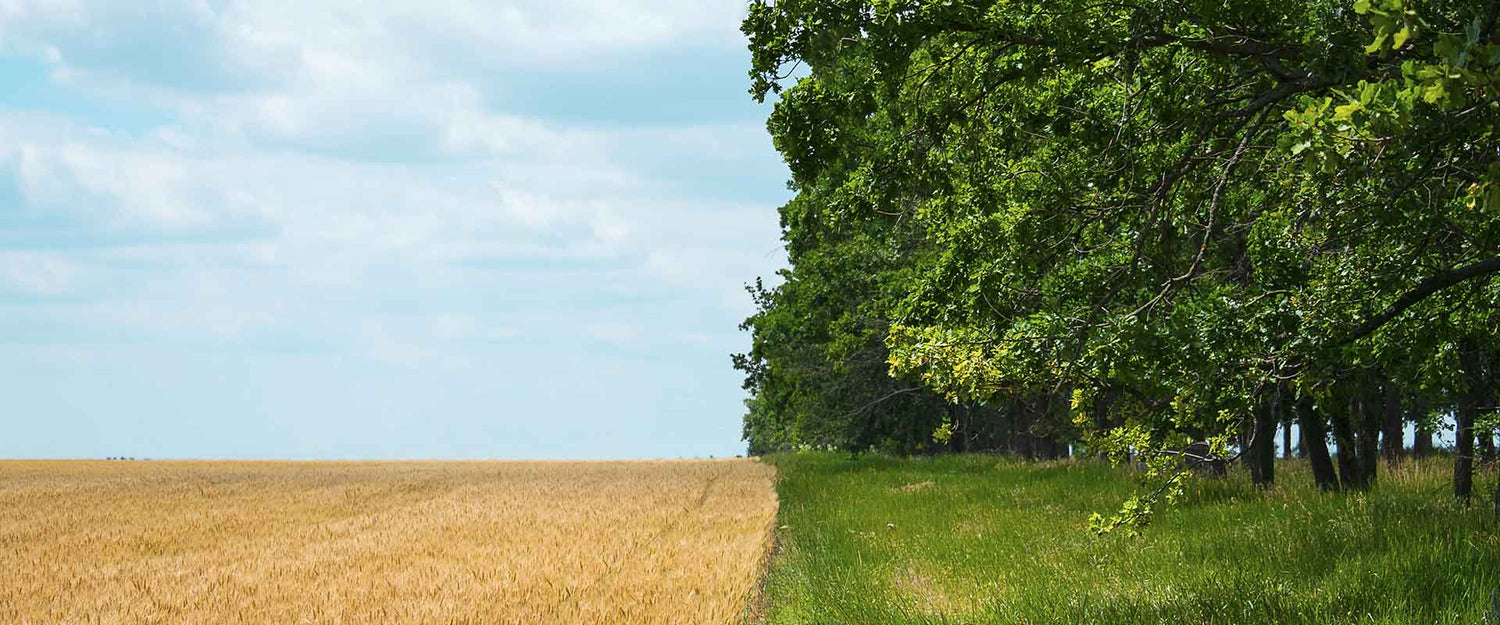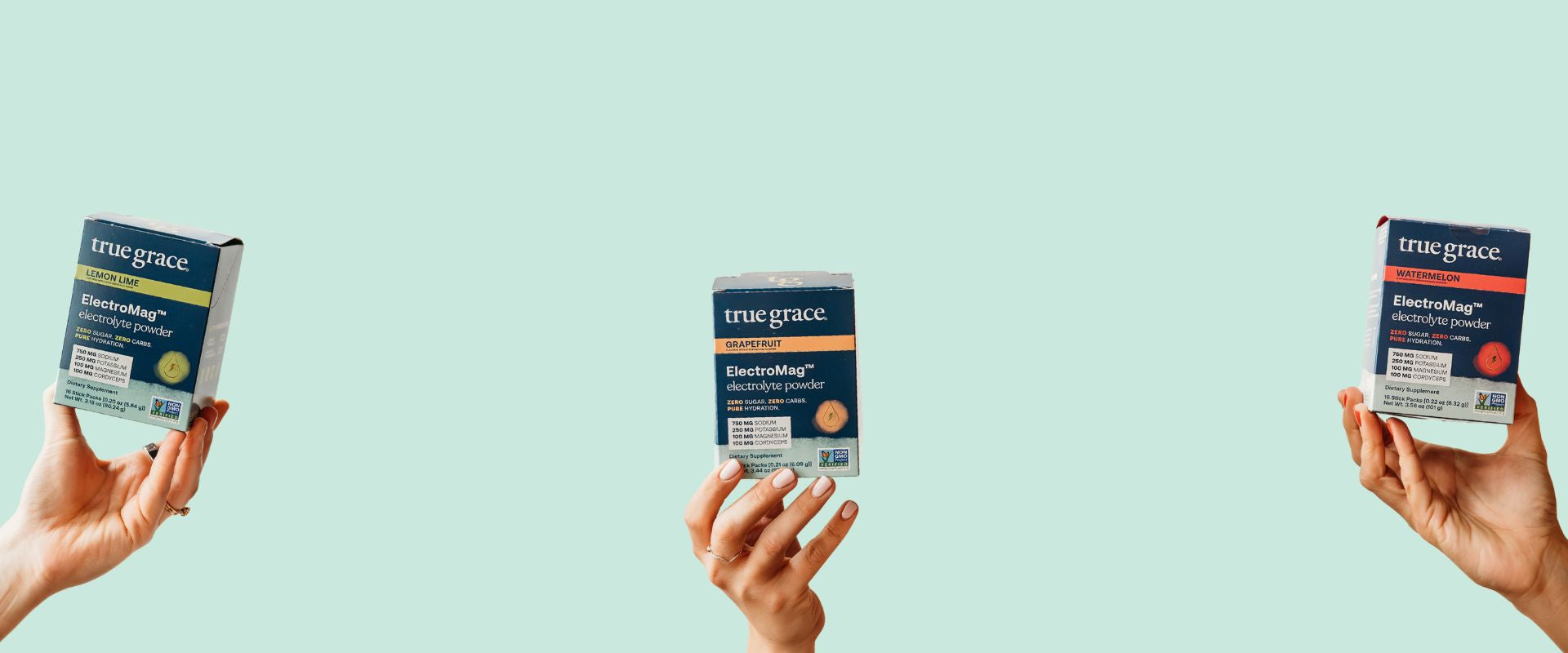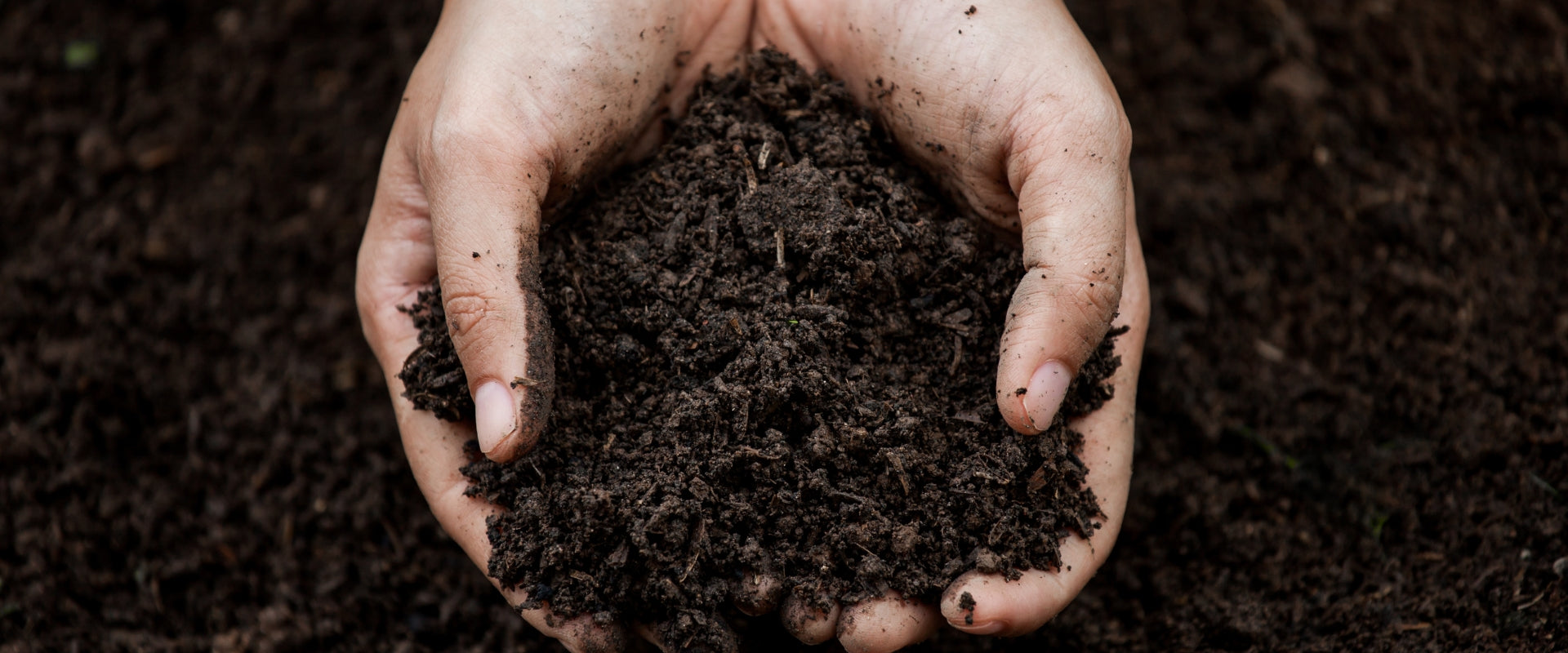I’ve grown certified organic crops for years. With True Grace’s help, I’m taking the next step and getting Regenerative Organic Certified.
By Sandy Syburg, regenerative farmer and True Grace Science & Agriculture Advisory Board member
Regenerative Organic CertificationTM (ROCTM)
Regenerative organic — what does that mean? I asked myself.
This was a question I pondered when planting crops one spring at White Oak Farm, the USDA certified organic farm I’ve operated since 1988 with my wife, Mary. While USDA organic certification had been around for years, Regenerative Organic Certified (ROC) was still a relatively new certification for farmers—it was created in 2017—and the buzz around it was growing.
The connection between soil and food is never more obvious to me than when I’m planting, and I soon discovered that ROC focused on regenerating soil. I’ve known for a long time that soil is intrinsically tied to human and planetary health. Nutrient-dense soil grows nutrient-dense food, and at White Oak Farm, we’ve focused on soil health for years.
As I learned more about ROC, I realized ROC standards ensure the health of natural resources, animals, and workers. Plus, the certification would build off the hard work I’d already put into getting USDA organic certification.
But it wasn’t until I met the founder and the CEO of True Grace, Kristina Hall and Brian Hall, that I seriously began to consider ROC for myself. When I learned True Grace had partnered with Rodale Institute to help about 30 Wisconsin farmers begin to transition to a regenerative organic model, I decided I wanted White Oak to be the first farm in the state to get Regenerative Organic Certified.
My Roots
My wife and I have farmed together since 1988. Our USDA certified organic land is managed with a six-year rotation and focused on a systems approach to minimize pest and weed pressure and encourage optimum nutrient cycling.
This is probably partly due to who influenced me greatly when I was a child. My grandmother was deeply connected to nature and the world around her. By the time I was old enough to spend meaningful time with her, she explored this connection by tending a large vegetable garden. Her words still echo in my mind: “Feed the soil.” We would compost and care for the soil so it could nurture the plants that in turn would nourish us.
Later in my life, her words inspired me to get into the compost business. To stay connected with the soil as well as develop and test new products on the farm was critical to me.
In other words, I’ve always been drawn to regenerative agricultural practices, which include planting cover crops, rotating crops, reducing tillage, eliminating synthetic inputs (like harmful pesticides) and, when possible, integrating livestock.
The Organic Farming Movement So Far
Organic agriculture has always had a regenerative element. According to federal regulations for organic agriculture, “production practices implemented must maintain or improve the natural resources, including soil and water quality.”
Early pioneers of the organic movement, such as J.I. Rodale, Sir Albert Howard, Louis Bromfield, and William Albrecht, knew that the use of synthetic fertilizers, herbicides, pesticides, and fungicides was the wrong direction to go in. Much had been discovered about the soil-plant relationship prior to the Second World War, but after the war ended, the so-called “Green Revolution” rebranded bombs as fertilizer and tanks as tractors—and technology eventually became seed. Organic visionaries
Through the years, organic farming steadily increased. For many, it just made sense not to use agriculture as a chemistry experiment. Improved technology along with wider acceptance of organic-principled farming methods prompted more farmers to transition to certified organic,
Now, I’m ready to take the next step: regenerative organic.
Why Regenerative Farming is the Next Step in my Organic Farming Journey
I was reluctant at first to go down the path of ROC. I felt in some ways I would be saying, “My organic is better than your organic.”
Organic, too, is going through a growth stage. It was rightfully started with the intent to assure people what is not in their food. As we learn more about the numerous nutrients that are required for plant, animal, and human health, organic is now more and more about what is in your food. Awareness about the importance of nutrient density, along with the host of environmental services this type of agriculture performs, is on the rise.
Add to this the need for continual improvement, and it’s clear ROC is the next logical step for our farm. It will provide additional transparency and connect us directly with the users and consumers of what we grow. This improved accountability will challenge us to farm even better, provide us with resources we did not have previously, and help us continue to learn.
As a lifelong learner and farmer, I am looking forward to the road ahead. Thanks to True Grace, Rodale Institute, and the Regenerative Organic Alliance (the creators of ROC), the future looks bright.
Sandy Syburg farms White Oak Farm in Wisconsin and is a self-taught advocate for soils. He also helps other farmers transition to certified organic production.





